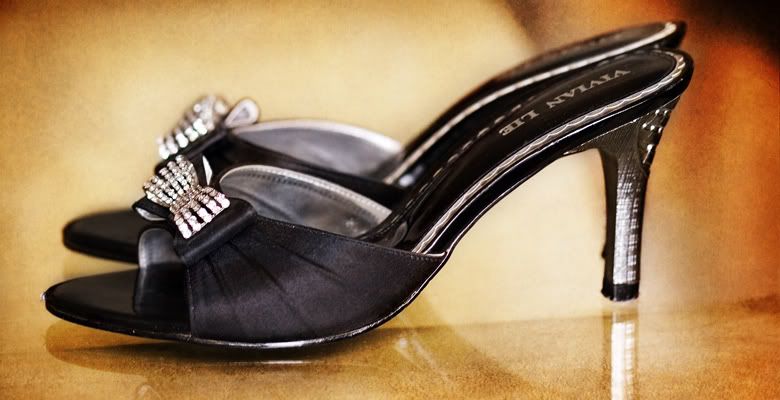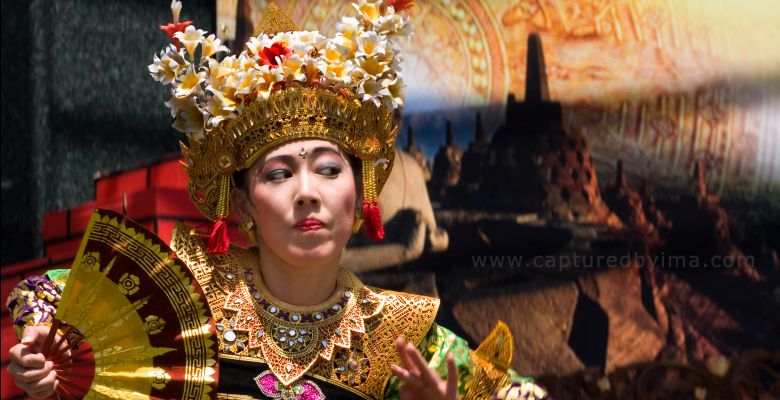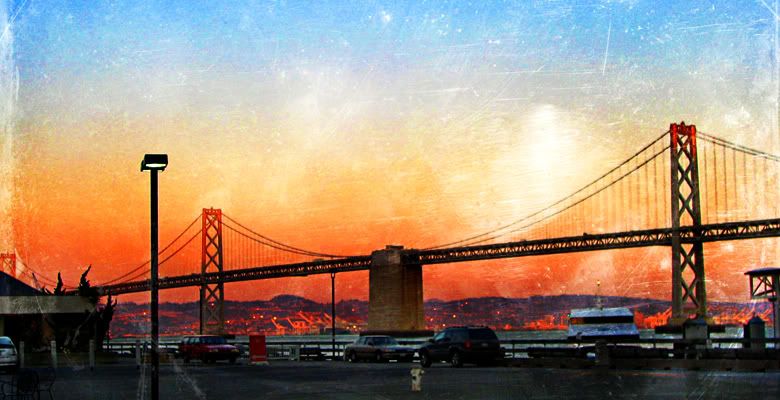The South Fork of the American is famous for more than its gold history or its role in powering California—it’s also one of the most popular destinations for whitewater rafting and kayaking in the State of California! The popular whitewater adventures on the Forks of the American include whitewater for all ages and skill levels, with both relaxing floats and exciting, blood-pumping rapids to choose from. Moreover, the cool temperature of the water guarantees it’s a refreshing place to cool off, no matter how high the temperatures climb in the summer. Whitewater recreation sports are possible all summer long due to the Chili Bar dam, which releases water for recreational and electrical purposes.
Located in the foothills of the Sierra Mountains [about 130 miles or 3 hours driving from San Francisco], South Fork American River originates near Echo Lake, a little south of Lake Tahoe, and then travels 87 miles through Gold Country to flow into the Sacramento River.
Famous for its historical relevance and recreational activities, the South Fork of the American has attracted visitors, thrill-seekers, and treasure-hunters for more than a century. The area is famous as the location where gold was first discovered in California, which sparked one of the largest mass migrations of humans known today. Today, the Coloma Valley remains famous as an excellent destination for a variety of popular activities, ranging from wine tasting to whitewater rafting.
The corridor of conserved land along the South Fork of the American River is host to incredible wildlife diversity. The diversity begins with the wide range of habitats along the river, including the Blue Oak Savannah, foothill woodland, and riparian zones between the water, forests, and fields. Common trees include a variety of oaks, the California Buckeye, multiple species of willow, and the White Leaf Manzanita. Brush species such as elderberry shrubs, Himalayan blackberry, and California wild grape are common.
With the variety of terrain and wealth of plant species, there are many habitats which provide homes to animals along the South Fork of the American River corridor. There are 117 bird species alone, including Osprey and the rare Bald Eagle. Common mammals in the area include coyotes, grey fox, and mule deer; some nature enthusiasts might even catch a glimpse of black bear, bobcats, or river otters. Fish and amphibians include the rainbow trout, Sacramento pike minnow, pacific tree frog, and Gilbert’s skink.
***
















